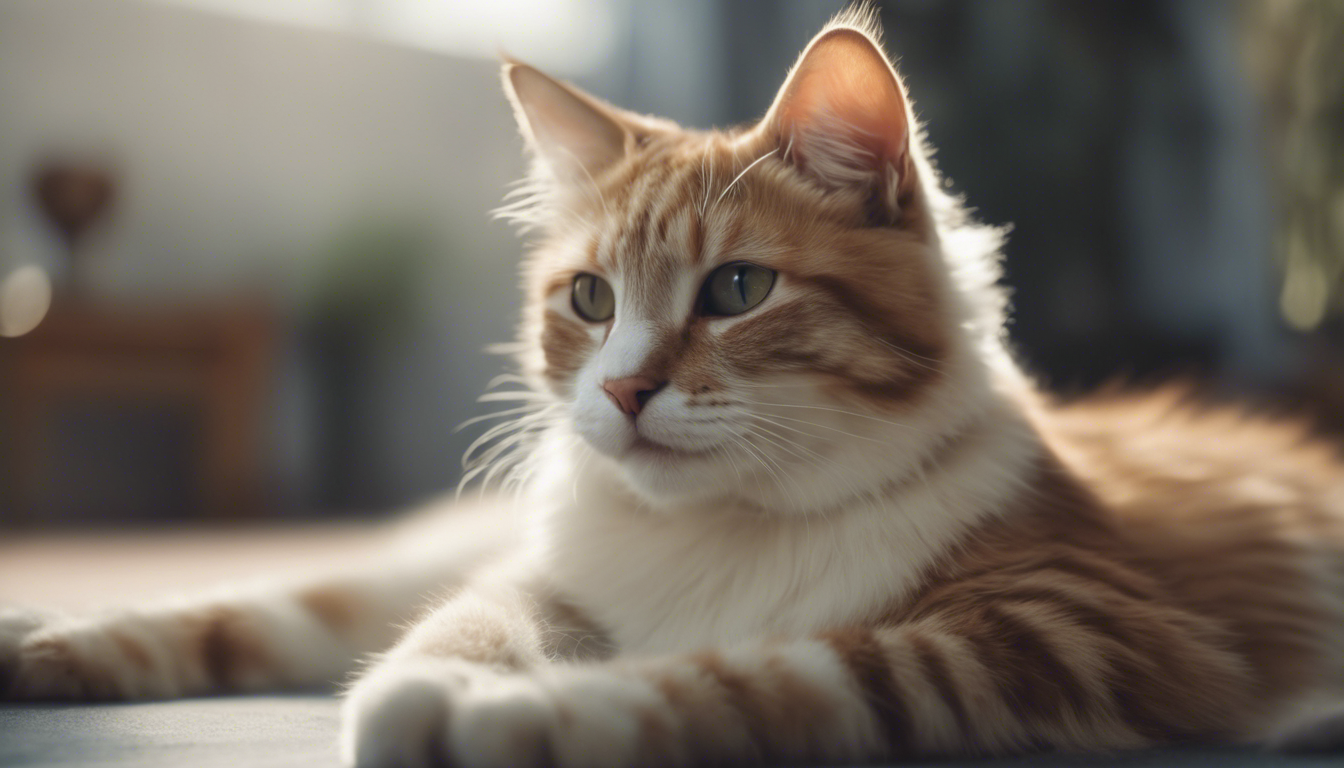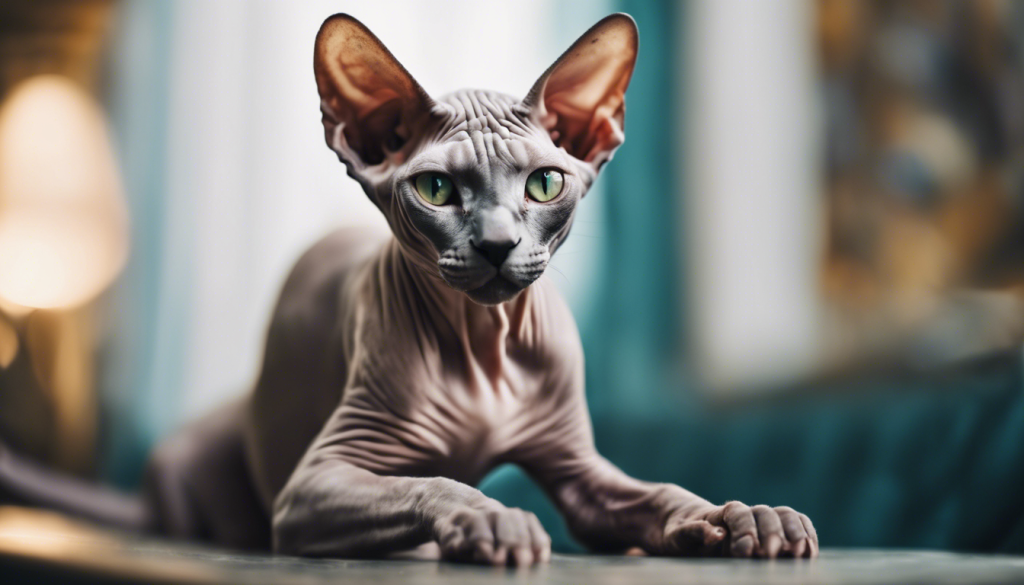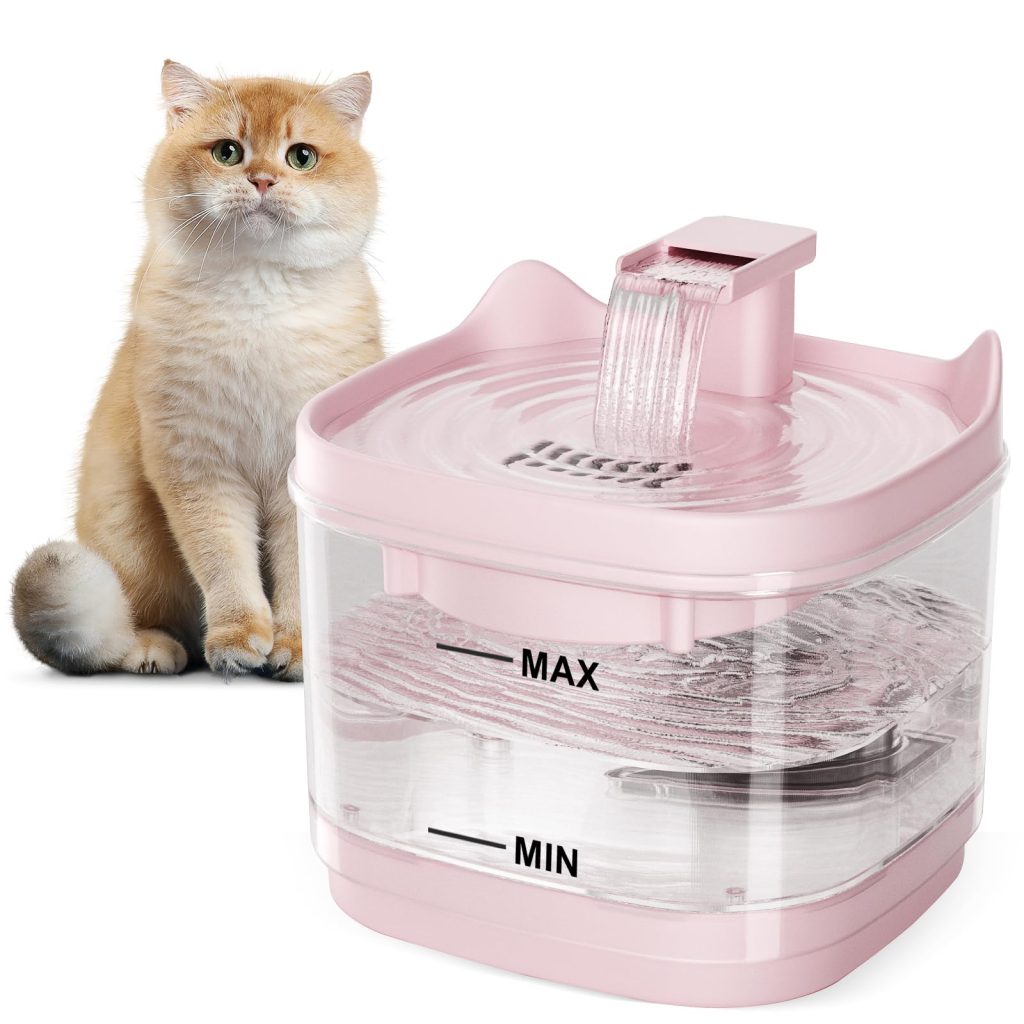
Understanding how cats show affection is important for cat owners who want to build a strong bond with their furry friends. While cats may not express love in the same way as humans, they have their unique ways of communicating their affection. By learning to interpret feline love signals, cat owners can deepen their understanding of their pets’ behavior and strengthen their relationship.
Relevance to Feline Behavior and Communication
Cats have an intricate system of communication that relies heavily on body language. Understanding these non-verbal cues can help decipher a cat’s emotional state, including signs of affection. For example, a cat who nudges its head against you or rubs its body against your legs is often displaying signs of affection. These gestures are known as bunting and serve to mark you as part of their territory and to exchange scents, signifying a bond between you.
Another common affection display in cats is when they knead or “make biscuits” on a soft surface, like a blanket or your lap. This kneading behavior is reminiscent of kittens nursing and indicates contentment and a sense of security in the cat’s relationship with you.
Grooming is an essential behavior in a cat’s social structure, and when a cat grooms you or another cat, it demonstrates trust and affection. By grooming you, a cat is incorporating you into its social circle and showing that it considers you to be part of its family.
Furthermore, a relaxed and slow blink from a cat is known as a “cat kiss” and is considered an expression of trust and affection. Responding with a slow blink in return can help reinforce the bond between cat and owner.
Training Techniques
Understanding how cats show affection is not only about decoding their behavior but also using it as an opportunity for training and behavior modification. Positive reinforcement techniques can be employed to encourage and reinforce desirable affectionate behaviors while discouraging unwanted actions.
For example, when a cat demonstrates affection by headbutting or rubbing against you, praise and reward the behavior. This will encourage the cat to repeat this loving gesture in the future. Conversely, if a cat displays aggressive behavior, such as biting or scratching, it’s important to redirect their attention and discourage this behavior.
Cats can also be trained to respond to specific cues or commands to initiate affectionate behavior. For instance, by consistently associating a specific word or phrase with a treat or a petting session, the cat will learn to understand and respond to that cue. This can help strengthen your bond with your cat and reinforce positive behaviors.
Impact on the Cat-Owner Relationship
Understanding and interpreting a cat’s affection signals can have a profound impact on the overall relationship between cats and their owners. By recognizing and reciprocating a cat’s affectionate gestures, owners can establish trust and strengthen the bond with their feline companions.
Providing opportunities for social interaction, such as interactive play sessions with appropriate toys, can also enhance the cat-owner relationship. Play behavior encourages exercise, mental stimulation, and strengthens the emotional connection between cat and owner.
Furthermore, fostering an environment that incorporates elements of a cat’s natural behavior, such as vertical spaces for climbing, scratching posts, or hiding places, can contribute to their overall well-being. A content and happy cat is more likely to display affectionate behaviors toward their owner.
Understanding how cats show affection is key to nurturing a strong and loving relationship with our feline companions. By interpreting their unique love signals, using positive reinforcement training techniques, and creating an environment that supports their natural behaviors, cat owners can provide the best possible care and build a lasting bond with their furry friends.







